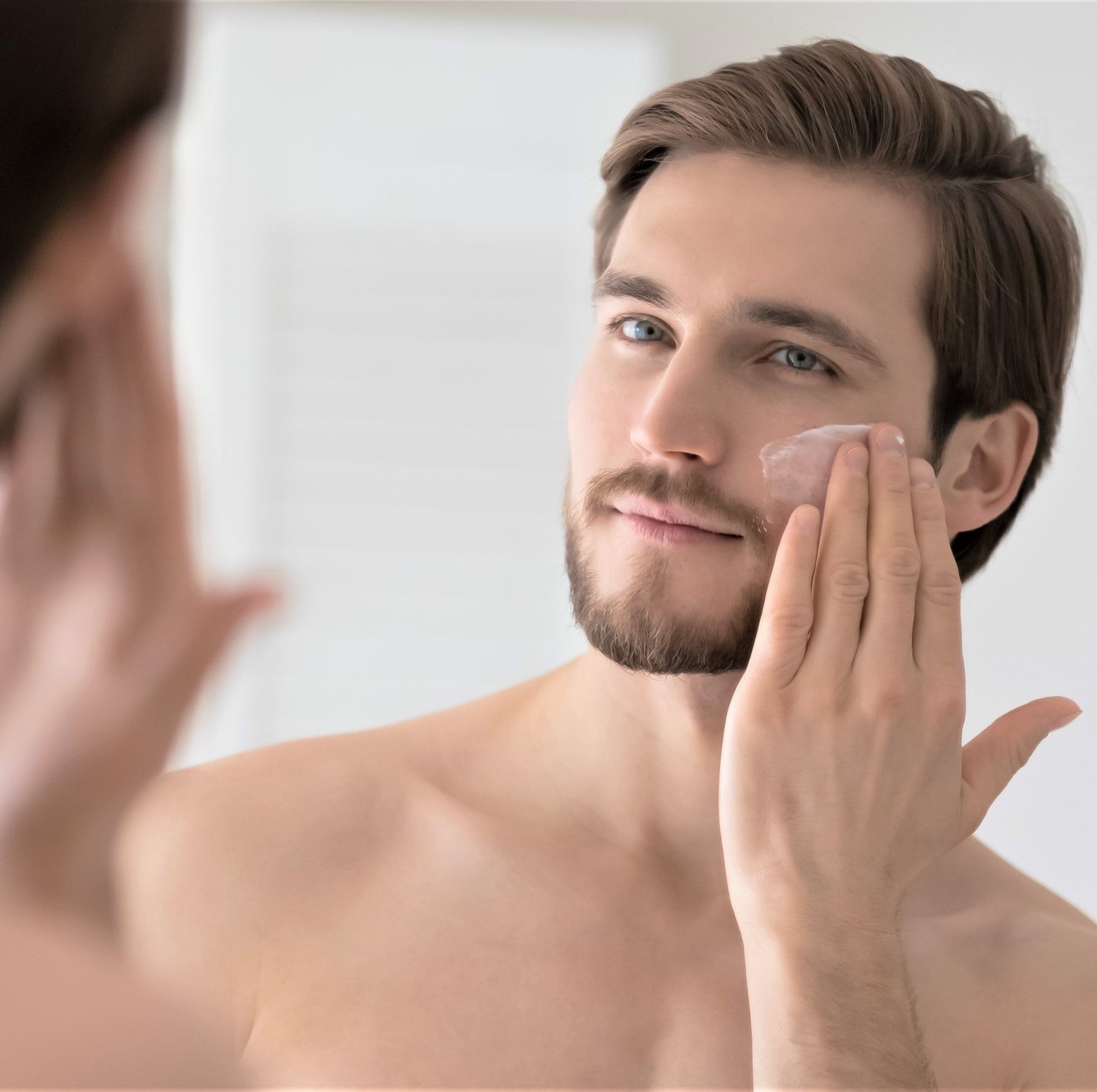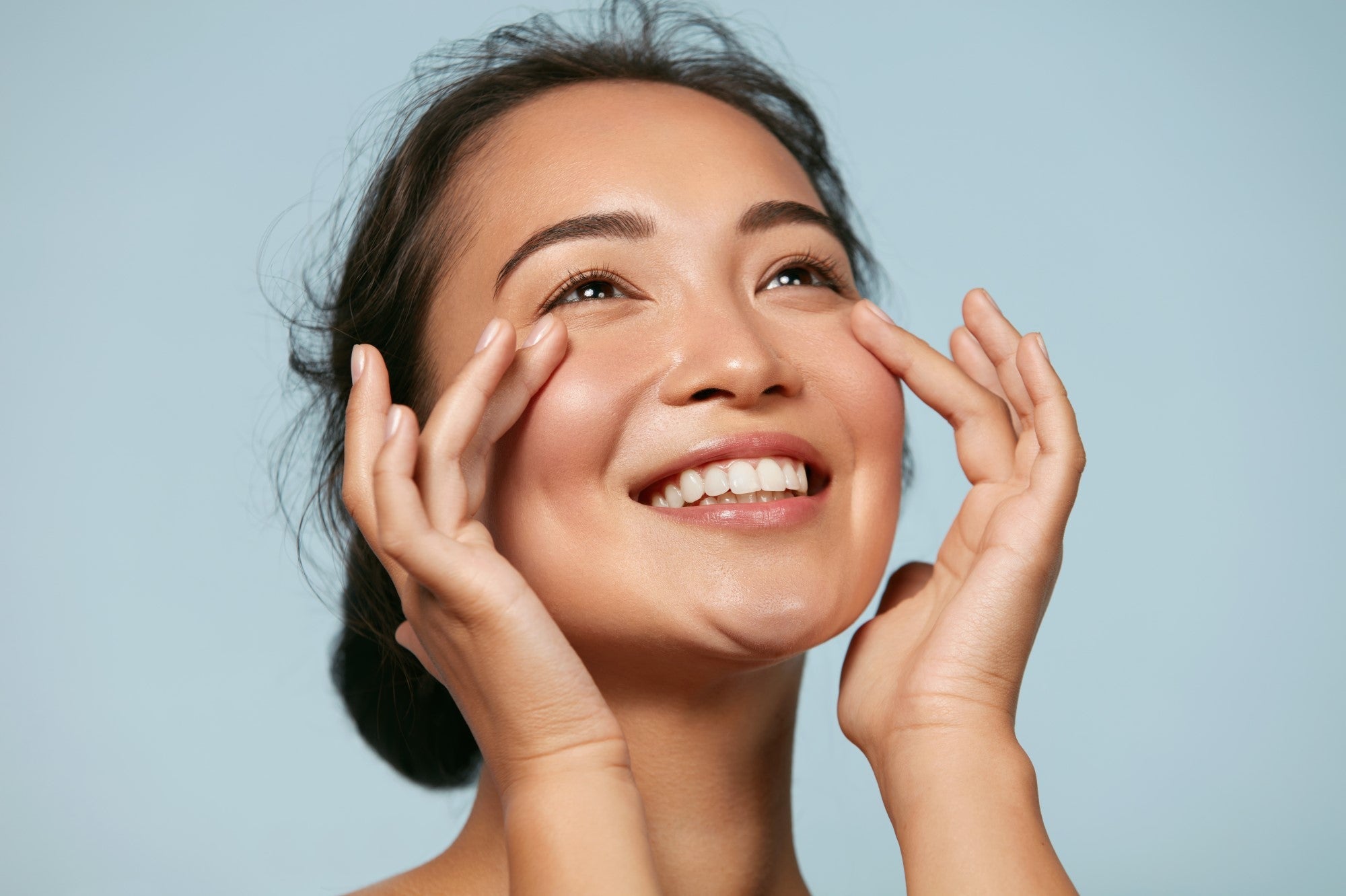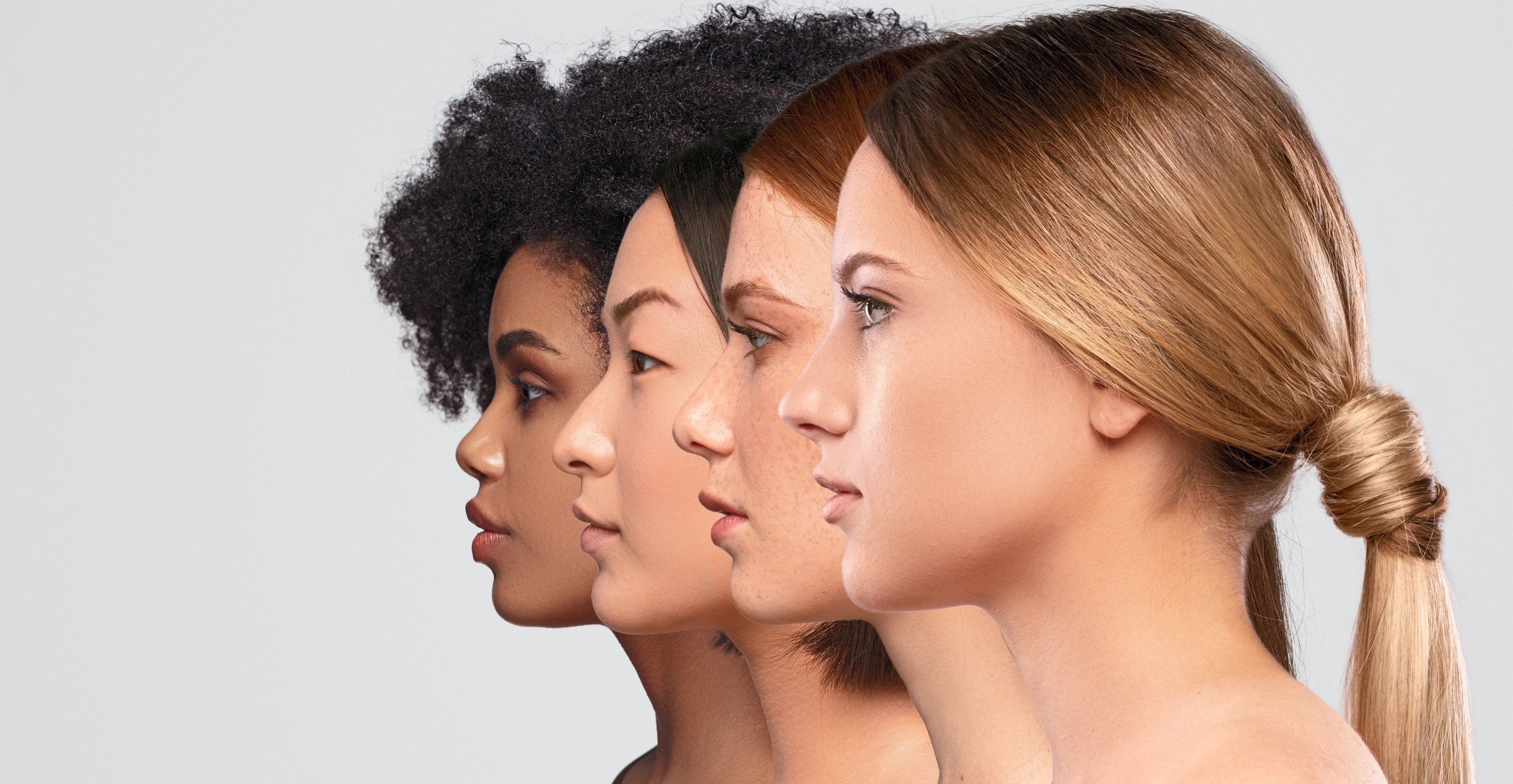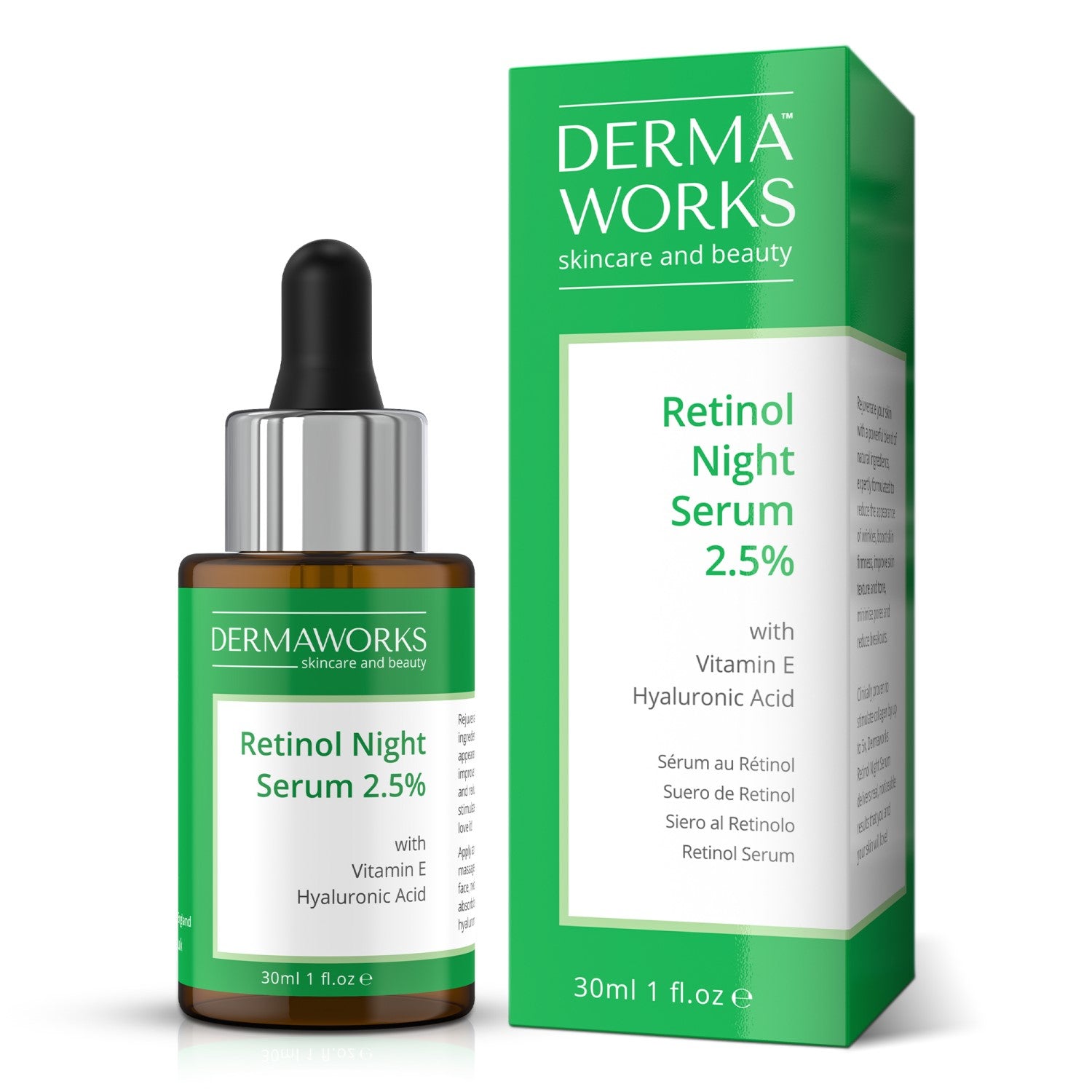you've ever wondered how to use retinol and still wear makeup without flaking, irritation, or pilling, you're not alone. Retinol is the gold standard in anti-aging—but it's also known for causing dryness or sensitivity, especially when combined with full-face glam.
The good news? You can absolutely layer retinol and makeup—as long as you follow the right routine. In this complete morning-to-night guide, we’ll walk you through:
-
When to apply retinol in your routine
-
How to prep skin so makeup looks flawless (not flaky)
-
What products to avoid
-
Nighttime recovery strategies to protect your glow
Let’s dive in.
Morning Routine: Flawless Makeup Starts the Night Before
1. Skip Retinol in the Morning
Retinol breaks down in sunlight and can make skin more sensitive to UV exposure. Stick to nighttime use only.
Morning goal: Hydrate and protect your skin from UV damage while setting the stage for smooth makeup.
2. Use a Gentle, Hydrating Cleanser
Start with a non-stripping cleanser to rinse off the night’s skincare without drying your skin.
3. Apply a Lightweight Moisturiser
Use a hydrating moisturiser to create a cushion between skin and makeup.
4. SPF Is Non-Negotiable
Even if you didn’t use retinol the night before, SPF is your BFF. Go for a broad-spectrum SPF 30+ that layers well under foundation.
Tip: Look for sunscreens with niacinamide—it soothes redness and complements retinol’s effects.
5. Choose Makeup That Plays Well with Retinol
-
Use hydrating or creamy foundations
-
Avoid matte or full-coverage formulas if your skin is flaking
-
Set with a hydrating mist instead of powder to prevent cakiness
PRO TIP: Dab on a few drops of facial oil into your foundation for an extra glow without greasiness.
Nighttime Routine: When to Use Retinol for Glowing, Makeup-Ready Skin
1. Double Cleanse Gently
Start with an oil-based cleanser to melt off makeup, followed by a sulfate-free cleanser to wash away residue.
Avoid cleansers with AHAs or salicylic acid on retinol nights to reduce irritation risk.
2. Apply Retinol to Clean, Dry Skin
Wait 10–15 minutes after washing your face to let skin fully dry—moisture can intensify retinol’s penetration, increasing irritation.
Use a pea-sized amount and avoid the corners of your nose, mouth, and eyes.
New to retinol? Start 2–3 nights per week and build up.
3. Moisturise Generously
Seal in retinol with a barrier-repair moisturiser containing ceramides or peptides.
4. Avoid Harsh Actives
On retinol nights, skip exfoliating acids (AHAs/BHAs) and vitamin C to prevent sensitization. Keep it simple: cleanse, retinol, moisturise.
Expert Tips to Prevent Retinol + Makeup Mishaps
-
The Sandwich Method: Apply moisturiser → retinol → another thin layer of moisturiser to buffer and prevent dryness.
-
Spot Test New Products: Especially under makeup-heavy days.
-
Hydrate Internally: Drink water, eat water-rich foods, and consider supplements like hyaluronic acid or collagen.
Weekly Skincare Schedule for Retinol + Makeup Wearers
| Day | AM Routine | PM Routine |
|---|---|---|
| Mon | Hydrating Cleanser, SPF, Makeup | Retinol, Barrier Moisturiser |
| Tue | Same | Hydration + Peptide Night Cream (no retinol) |
| Wed | Same | Retinol Night |
| Thu | Same | Recovery Night |
| Fri | Same | Retinol Night (optional) |
| Weekend | Sheet Mask, Light Makeup (if any) | Hydration & Facial Oil |
Ready to Build Your Retinol-Friendly Routine?
Browse our curated, retinol-safe essentials designed to give you makeup-ready skin without the irritation:
👉 [Shop Retinol ]
✨ Final Thoughts
Layering retinol with makeup doesn’t have to mean flakes, redness, or irritation. With a thoughtful morning-to-night routine, you’ll unlock smoother, glowier skin that actually looks better with or without foundation.
Start small, listen to your skin, and keep things hydrated. Makeup and retinol can be best friends—you just need the right routine.









